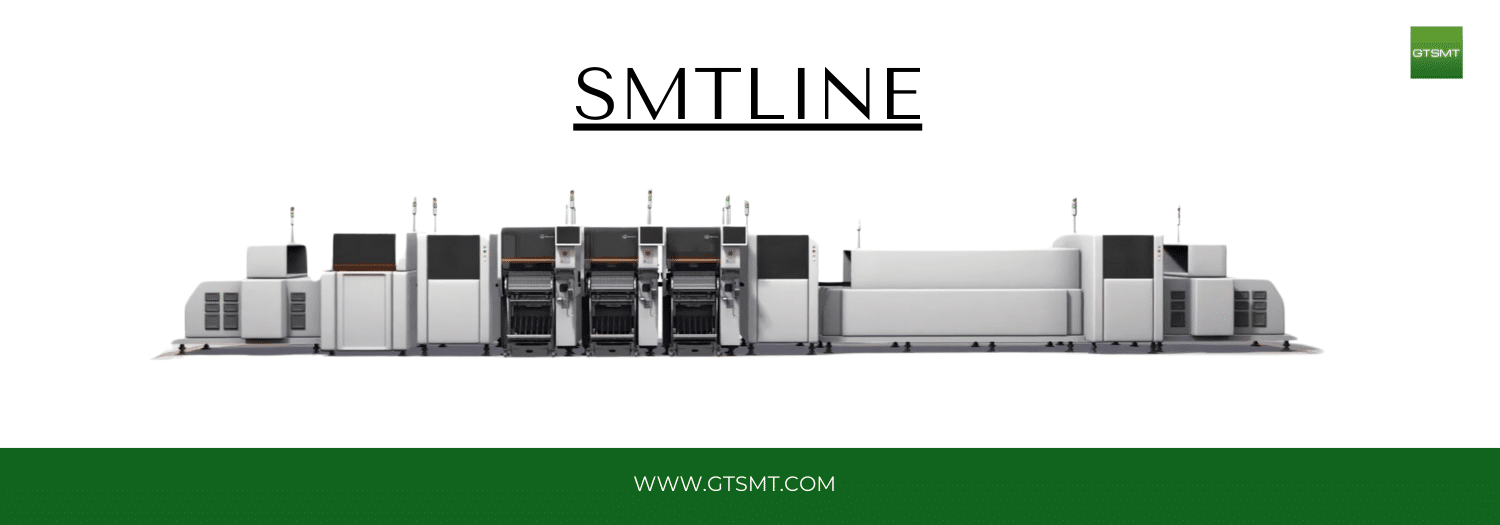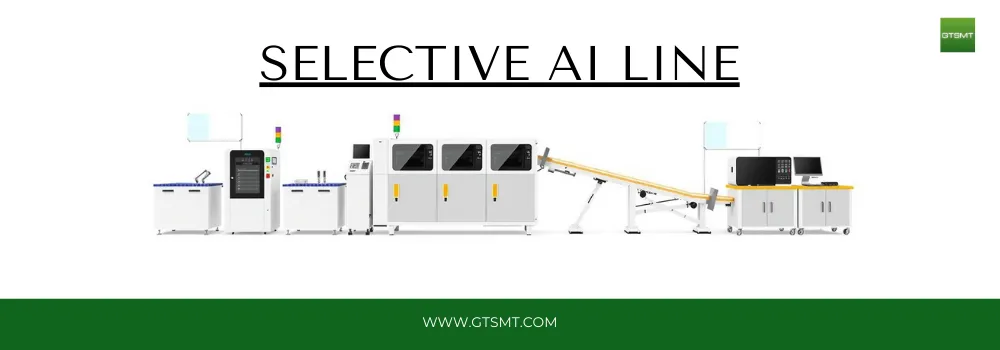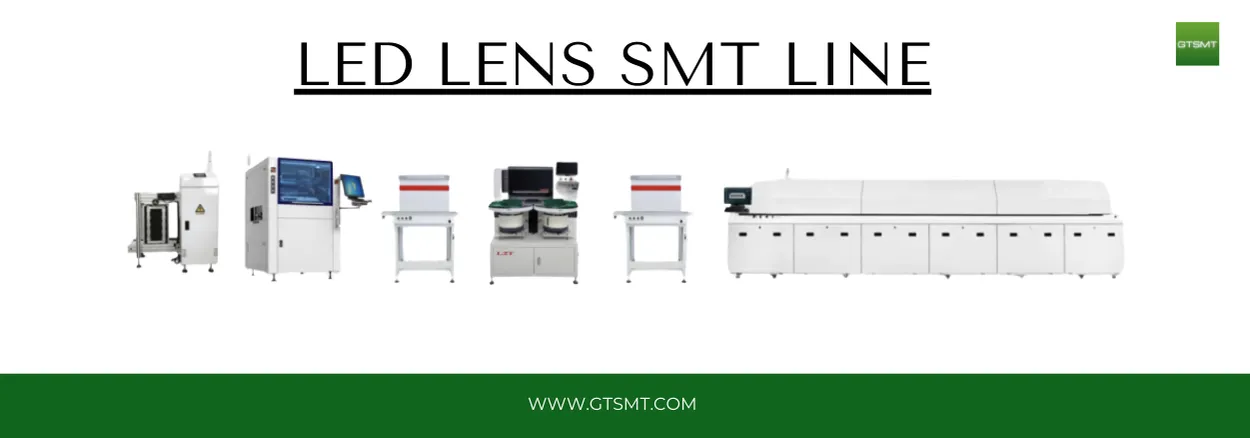Top 8 Selective Soldering Manufacturer
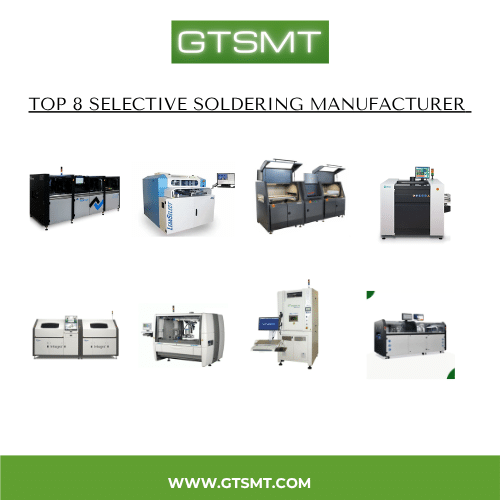
Table of Contents
In Electronics Manufacturing, precision and maintenance are necessary to maintain quality. A Selective Solder machine is a core part of PCB soldering, It enables manufacturers to make high-end PCB boards for smartphones, home electronics, medical equipment, and aerospace technology.
What is a Selective Soldering Machine?

A selective Soldering machine is an automated soldering device used for the soldering of PCB board in a DIP Line. With its solder pots the solder paste melts downs and is applied under the PCB board.
Generally utilize a miniature solder wave or a compact solder nozzle that accurately deposits solder onto specified regions. The PCB either remains stationary or is moved beneath the nozzle, while flux is applied in advance to enhance solder wetting and quality.
These machines frequently feature programmable software that regulates soldering settings, including temperature, time, and position, facilitating excellent repeatability and consistency.
Top Selective Soldering Manufacturer
Here are the list of top selective soldering manufacturers for providing industry’s top soldering machines suitable for DIP line pcb.
1.ERSA GmbH

An international leader recognized for durable and dependable solutions. ERSA machines are lauded for their accuracy, consistency, and user-friendliness.
2.SEHO Systems GmbH – Germany

Flagship Models: SelectLine, GoSelective, SelectiveLine
Strengths:
- German-engineered reliability for automotive and industrial electronics
- Modular design suitable for scaling production
- Intelligent fluxing, preheating, and soldering zones
- Strong after-sales support globally
3.RPS Automation – USA

Flagship Models: Rhythm, Odyssey Series
Strengths:
- Designed for aerospace, defense, and mission-critical applications
- Highly customizable machines made in the USA
- Robust process repeatability and clean solder joints
- Precision mini-wave technology
4.INERTEC – Germany

Flagship Models: ELS 3.3, CUBE.460
Strengths:
- Compact and modular machines for small to mid-size lines
- Efficient lead-free with minimal dross
- Good ROI for EMS providers and OEMs
- Known for energy-efficient operation
5.Speedline Technologies (Nordson)

Speedline, a trailblazer in innovative methods, provides solutions for both high-volume and sophisticated electronics manufacturing.
6.Vitronics Soltec

Renowned for their customisation and inventive soldering solutions, Vitronics Soltec devices are versatile for various applications.
7.Seika Machinery, Incorporated.
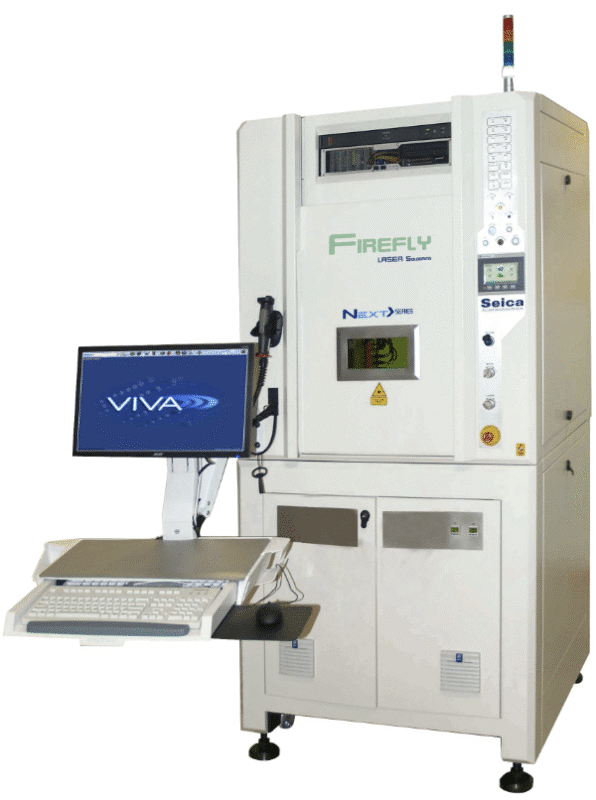
Esteemed for high soldering, featuring robust software integration and exceptional customer support.
8.GTSMT Selective Soldering System
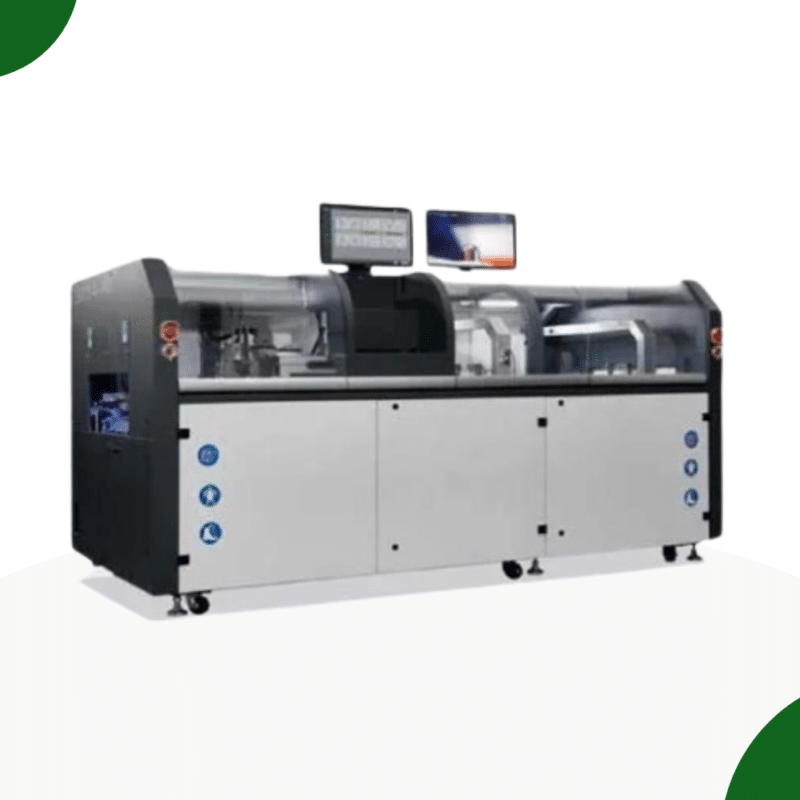
Providing industrial selective soldering machine at low budget with high end equipment with single and dual solder pot , onsite installations as well as training of employee.
Industrial Applications Selective Soldering
Selective soldering is utilized across several sectors to its adaptability and accuracy.
Consumer Electronics: Smartphones, laptops, tablets, and other devices with compact printed circuit boards and fragile components benefit to prevent damage and provide durable connections.
The car industry requires exceptionally reliable electronics, such as Engine Control Units (ECUs), sensors, and infotainment systems, guarantees quality in adverse operating situations.
Medical devices require highly precise assembly of PCBs in medical electronics. Selective soldering facilitates this through precise, regulated solder connections.
Aerospace and Defense: The demanding conditions and essential performance standards render the preferred technique for aerospace electronics.
Telecommunications: Intricate telecom boards, including many component types need on selective soldering for precision and elevated throughput.
Selective soldering machines are particularly used for double-sided PCBs, where surface-mount components are reflow soldered on one side and through-hole components require soldering on the other side entire board.
Selective Soldering VS Wave Soldering
While both selective and wave soldering techniques are used for soldering through-hole components, they have significant differences.
Wave soldering
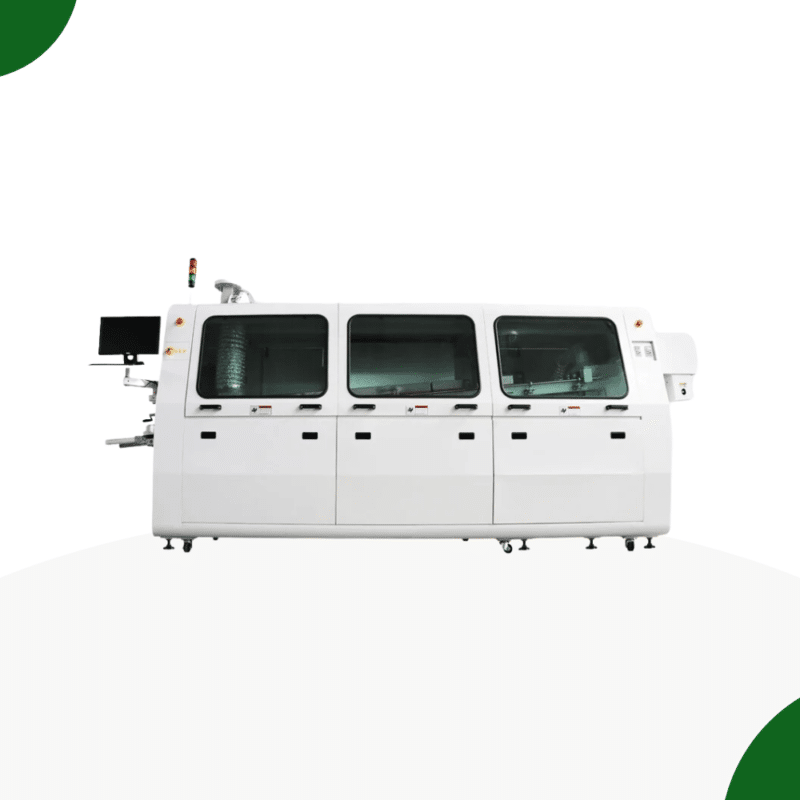
In a wave soldering machine, the PCB board has to pass through the molten solder section. The solder contact all exposed metal pods and leads on the underside of PCB board. This technique is rapid and appropriate for large-scale production; nonetheless, it may result in solder bridging (short circuits) and harm to components not intended for soldering.
Selective Solder
Transfers melted solder paste exclusively to designated locations by a targeted nozzle or mini-wave technique. It can focus on individual joints, circumventing delicate components and minimizing flaws.
Principal Advantage Compared to Wave Soldering
Selective soldering presents numerous significant benefits compared to wave soldering:
Accuracy and Discrimination: Only the designated joints are soldered, minimizing solder bridges and short circuits.
Safety of Components: Adjacent sensitive components are protected from exposure to molten solder at extreme heat.
Flexibility: the soldering of boards with diverse technologies and irregular shapes.
Minimized Thermal Stress: Reduced thermal exposure results in diminished damage or deformation of the PCB.
Reduced Rework Rate: Enhanced first-pass yields resulting from accurate solder application.
Reduced Production Cost-effective for low to medium volume production runs where wave soldering configurations are ineffective because it wastes a lot of melten solder results in heavy budget loss to a company.
Comparision
| Feature | Selective Soldering | Wave Soldering |
|---|---|---|
| Precision | High (pin-level) | Low (board-level) |
| Soldering Area | Selective zones only | Entire underside of the board |
| Risk to SMT Parts | Very low | High (masking needed) |
| Cost for small batches | More efficient | Less suitable |
| Best Use | Mixed tech, dense PCBs | Full THT boards |
Advantages Over Wave Soldering Machines?
Selective soldering is superior in numerous production contexts due to:
Mixed Technology Boards:
As printed circuit boards (PCBs) increasingly incorporate both surface-mount and through-hole components, enables the initial reflow of surface-mount elements, followed by the targeted soldering of through-hole pins, without compromising the integrity of the surface-mounted components.
Reduced Component Dimensions:
The miniaturization of components increases the risk of bridging or injuring sections during wave soldering, while selective soldering can precisely target small solder pads.
Double-Sided Boards:
Capable of processing double-sided boards, which may be impractical for wave soldering due to the risk of destroying previously soldered components.
Minimized Waste and Enhanced Quality:
The application of solder in necessary areas results in decreased solder paste waste, hence lowering material expenses and environmental effects also helps lowering production budget .
Software and Automation:
Soldering Machines are equipped with sophisticated software capable of storing numerous programs, thereby minimizing changeover durations and facilitating rapid adjustments, a process that is less efficient with wave soldering.
Selecting a Selective Soldering for PCB
Choosing the appropriate selective soldering machine necessitates evaluating multiple factors:
Production Volume and Throughput Requirements
High-volume manufacturing may require machines with higher cycle rates and multiple soldering heads. Compact machines with user-friendly programming are optimal for smaller batch volumes or prototyping.
Complexity and Dimensions of PCBs
Machines must be compatible with the dimensions and thickness of your PCBs. The accuracy of the solder nozzle and control systems must satisfy your component density requirements.
Soldering Techniques
Certain devices use a solder fountain, while others utilize tiny waves or solder jets. Some PCB boards may require two solder heads or multi-nozzle systems for optimal efficiency.
Software Development and Programming
User-friendly interfaces with offline programming functions have a configuration. Capabilities such as visual identification and automatic solder joint evaluation improve quality.
Assistance and Upkeep
Evaluate the accessibility of local services and replacement components. Seek providers that provide training and robust after-sales support.
Cost of Selective Soldering Machine
The cost of equipment varies significantly based on its functionalities.
Initial-Stage Equipment: $ 50,000 to $80,000. Appropriate for limited manufacturing runs or prototypes.
Mid-Range Equipment: $80,000 to $150,000. Frequently provide more automation, multiple soldering nozzles, and superior throughput.
Premium Equipment: $150,000 to $250,000+ Engineered for high-volume, intricate circuit boards, sophisticated software, and multi-zone soldering.
Despite the substantial initial expenditure, the improvements in quality, less rework, and enhanced flexibility of devices economically viable in the long term.
Utilization of Solder Paste:
Selective soldering uses considerably less solder paste than wave soldering, which is a major pros of Selective solder results in lowering production cost as compared to wave soldering machine.
Targeted Application: Solder is applied on specific pins or pads rather than the entire PCB.
Minimized Waste: Its is not necessary to coat the underside of the complete PCB board, hence decreasing extra solder dripping or wastage.
Cost Efficiency: Less solder paste usage decreases material cost, potentially increasing the revenue of the company by lowring the production cost.
In contrast, wave soldering exposes all through-hole leads and exposed pads to solder, frequently leading to increased solder usage and cleaning expenses.
Utiliazation of Selective Soldering Machines?
Selective soldering is the appropriate option in the following circumstances:
Complex PCBs: Circuit boards using a combination of through-hole and surface mount components.
Double-Sided Boards: One side undergoes reflow soldering, while the opposite side necessitates selective through-hole soldering.
Heat-Sensitive Components: When components near solder junctions are susceptible to heat or fragile.
Inadequate Cost-Efficiency for Low to Medium Production Volumes in Wave Soldering Configurations.
Precision Requirement: Elevated dependability and quality requirements are essential, particularly in medical or aeronautical electronics.
Conclusion
Selective soldering machines are essential instruments for electronics for applying molten solder on PCBs. They provide accuracy, adaptability, and exceptional quality in contrast to conventional wave soldering, particularly for mixed-technology boards and SMD components.
Selecting the appropriate equipment requires consideration of production volume, PCB type, financial budget, and support requirements.
Investing in a reputable selective soldering manufacturer ERSA, Speedline, or GTSMT guarantees access to superior technology and professional assistance.
Regardless of whether you are producing advanced medical devices, automotive electronics, or consumer electronics, soldering machines may enhance product quality, reduce failure rates, and improve operating efficiency.

 Pick and Place
Pick and Place
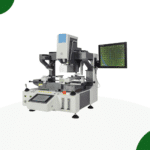 Rework Station
Rework Station
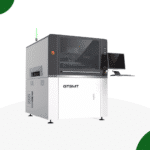 Solder Paste Printers
Solder Paste Printers
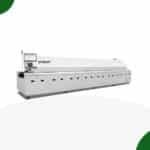 Reflow Ovens
Reflow Ovens
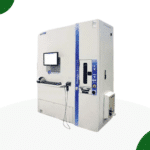 Reel Storage System
Reel Storage System
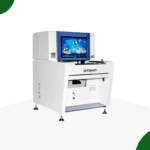 AOI & SPI INSPECTION
AOI & SPI INSPECTION
 Soldering Machines
Soldering Machines
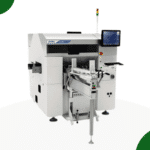 Insertion Machine
Insertion Machine
 X-ray inspection
X-ray inspection
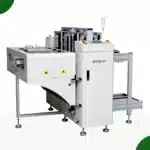 PCB Handeling
PCB Handeling
 Depaneling Machine
Depaneling Machine
